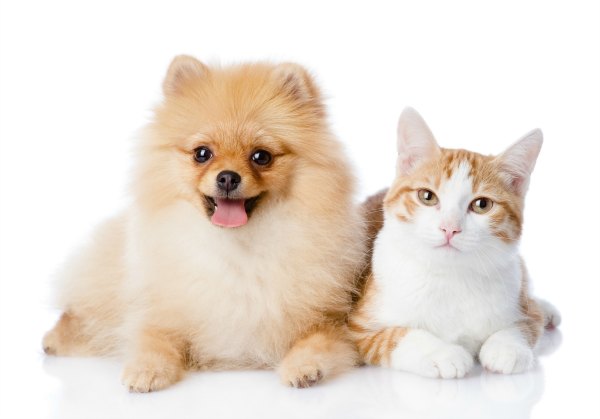
Photo Credit: Stock Photo
There has been a lot of discussion in the Okanagan recently as people have been leaving pets and children in hot cars but there is another issue pet parents need to be aware about over the summer.
Heat Stroke is a common occurrence seen at local veterinary clinics and can seriously harm your pet. Although a pet’s body temperature may become elevated due to infection, it may also increase because of a warm and or humid environment. According to staff at Fairfield Animal Hospital severe hyperthermia is commonly referred to as heat stroke and can cause the following:
Hyperthermia can be a life-threatening condition and requires immediate treatment.
All types of animals are susceptible to heat stroke, including humans.
At Fairfield Animal Hospital we most commonly see dogs with heat stroke during the summer months, but outdoor cats can also be affected if they spend too much time lying in the sun.
A dog’s normal body temperature is 37.5-38.9 degrees Celsius, anything above this range requires immediate treatment.
From early April to late October temperatures in the Okanagan Valley are generally very warm and extra precautions should be taken to ensure both cats and dogs do not develop heat stroke.
Here are a few tips from the Animal Hospital to watch for with your dog:
Your Dog is at risk of developing heat stroke if ANY of the following conditions apply:
Warm/hot summer weather (this includes any temperature greater than 15°C, especially when the sun is out).
When an animal is left outdoors in warm conditions without adequate shade.
When exercised in warm weather (this includes a short walk).
When left in a car on a relatively cool day (10-15°C); the temperature within a vehicle may increase by 10-15°C within 15-30min. Never leave your pet unattended in a car!
Predisposing factors such as obesity or underlying disease, which can lead to a lower tolerance for warm weather.
Certain dog breeds are at an even greater risk. These include brachycephalic or short nosed breeds (Pug, Pekingese, Lhasa Apso, Boston Terrier, French bull dog, English bull dog, Boxer, Mastiff) and Arctic breeds (Husky, Malamute) to name a few.
Unlike humans, dogs and cats are unable to sweat and cool themselves down so they do it through panting. If you notice your pet panting, take them to a cool place. Initial signs of heatstroke include restlessness, excessive panting, large quantities of drooling, vomit or diarrhea and becoming unsteady on their feet. For more information and tips visit the Fairfield Animal Hospital website.
















